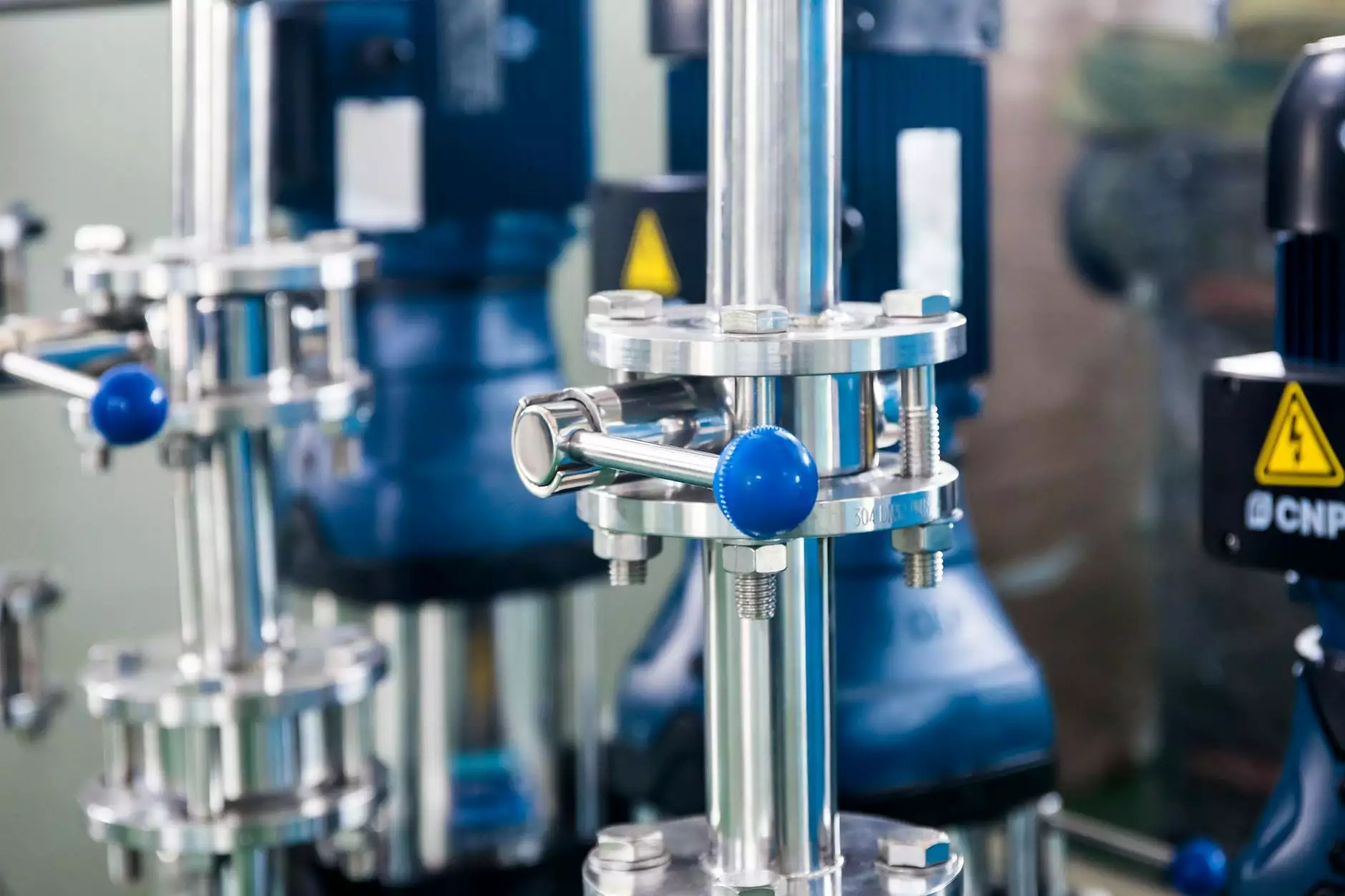Linerless Printers: Revolutionizing the Printing Industry

Linerless printers are rapidly emerging as a game-changer in the printing services sector, offering significant benefits over traditional labeling methods. As an integral part of the electronics and computers domain, these printers come with innovative features that appeal to businesses looking to enhance their operational efficiency. This article explores the multitude of advantages that linerless printers bring to the table, focusing on their efficiency, cost-effectiveness, and environmental impact.
What are Linerless Printers?
Linerless printers, as the name suggests, eliminate the need for a backing liner typically used in conventional label printing. Instead, these printers use a continuous roll of adhesive material that can be printed on and dispensed without the waste associated with traditional liner methods. This technology not only enhances printing capabilities but also represents a significant advancement in how labels are produced and used in various industries.
Key Benefits of Linerless Printers
1. Increased Efficiency
One of the most compelling advantages of linerless printers is their ability to improve efficiency in labeling processes. Traditional printers often require manual intervention to peel labels from their liners, a process that can be time-consuming and labor-intensive. In contrast, linerless printers automatically dispense labels, allowing for faster application and reduced handling time. This means that businesses can save valuable time in their operations, making it easier to focus on other core tasks.
2. Cost-Effectiveness
For many businesses, the cost of materials is a significant concern. Traditional labels often come with high material costs, especially when considering the waste generated from liners. With linerless printers, companies can save between 10% to 20% on label material costs alone. By using a single, uninterrupted roll of adhesive material, businesses can optimize their label usage, leading to reduced expenditures over time.
3. Environmentally Friendly
In today's eco-conscious market, businesses are increasingly seeking sustainable alternatives to traditional products. Linerless printing proves to be an environmentally friendly option by minimizing waste. The absence of liners means less paper waste, contributing to a reduction in the environmental impact of labeling processes. Furthermore, many linerless printer materials are recyclable, allowing companies to further enhance their sustainability efforts.
4. Versatility in Applications
Another significant advantage of linerless printers is their versatility. They can be used across various industries, from retail and logistics to healthcare and manufacturing. Here are some common applications:
- Retail: Printing price tags and product labels directly in the store.
- Logistics: Shipping labels and barcodes that can be produced on-demand.
- Manufacturing: Industrial labels for tracking and inventory management.
- Healthcare: Patient labels and specimen tracking that are both durable and reliable.
5. Greater Label Customization
Linerless technology allows for greater label customization. Businesses can print variable data, such as barcodes and QR codes, along with graphics and text in real time. This flexibility means that companies can tailor labels to meet specific needs, enhancing branding and improving user experience.
Technology Behind Linerless Printers
Understanding the technology behind linerless printers is essential for businesses considering this option. Most linerless printers utilize a simple yet effective mechanism that allows for precise printing without the hassle of removing a liner. Here’s a deeper dive into some critical technologies:
Thermal Printing Technology
Most linerless printers operate using thermal printing technology. This method uses heat to transfer ink onto label materials without requiring external ink cartridges or ribbons. The compact design and low maintenance make it an attractive option for many businesses looking to streamline their printing processes.
Automatic Dispensing Systems
Linerless printers are equipped with automatic dispensing systems that carefully control the release of labels. This feature enhances precision in cutting and ensures that only the desired length of label is dispensed, thus minimizing waste and maximizing efficiency.
Choosing the Right Linerless Printer
When selecting a linerless printer, businesses should consider several factors to ensure they choose the right model for their needs. Here are some essential criteria to evaluate:
- Print Quality: Look for high-resolution capabilities that can deliver crisp and clear images and text.
- Speed: Choose a printer that offers fast printing speeds to keep up with your operational demands.
- Durability: Assess the build quality of the printer, particularly if it will be used in high-volume environments.
- Compatibility: Ensure that the printer is compatible with your existing systems and software.
- Support and Warranty: Consider the manufacturer’s support options and warranty to protect your investment.
Implementing Linerless Printers in Your Business
Transitioning to linerless printers can be a strategic move for businesses looking to modernize their labeling processes. Here are steps to consider when implementing linerless printing technology:
1. Assess Your Needs
Before making a purchase, conduct a thorough assessment of your labeling needs, volume requirements, and the type of labels you will produce. Understanding your specific needs will help you select the optimal printer and materials.
2. Evaluate Options
Research various *linerless printer* models available in the market. Look for reviews, compare features, and request demonstrations when possible to find the best fit for your operations.
3. Train Your Staff
Once you have acquired a linerless printer, invest time in training your staff. Ensure that they understand how to operate the printer, maintain it, and troubleshoot common issues.
4. Monitor Performance
After implementation, continuously monitor the performance of your linerless printers. Gather feedback from your team and assess the changes in efficiency and costs to ensure you are reaping the benefits.
Conclusion
In conclusion, linerless printers represent a forward-thinking approach in the printing services, electronics, and computers categories. They offer numerous advantages, from increased efficiency and cost savings to environmental benefits and versatility. By adopting linerless printing technology, businesses can streamline their operations and reduce waste, all while achieving higher quality results. As companies like omegabrand.com continue to innovate in this space, the future of label printing looks promising and sustainable.
Overall, investing in linerless printers is not just a trend; it is a strategic decision that can elevate your business's printing capabilities to new heights. Embrace this technology today to stay ahead in an ever-evolving market.









